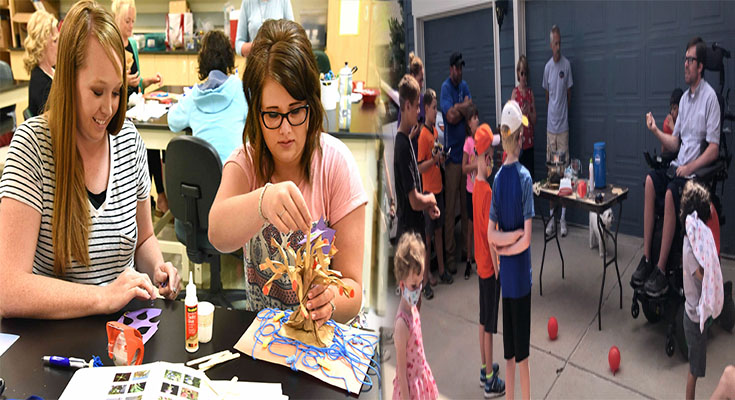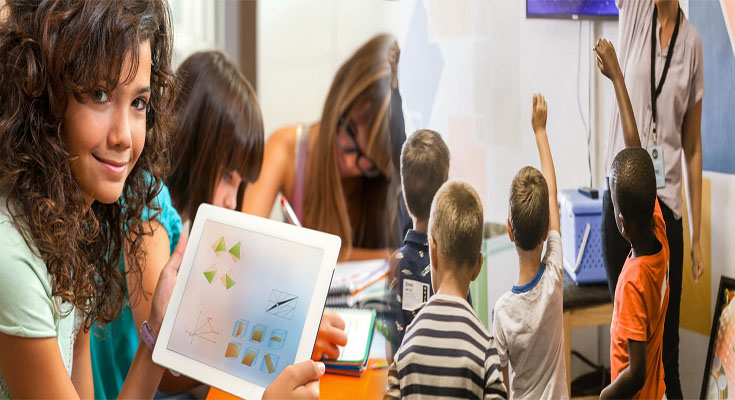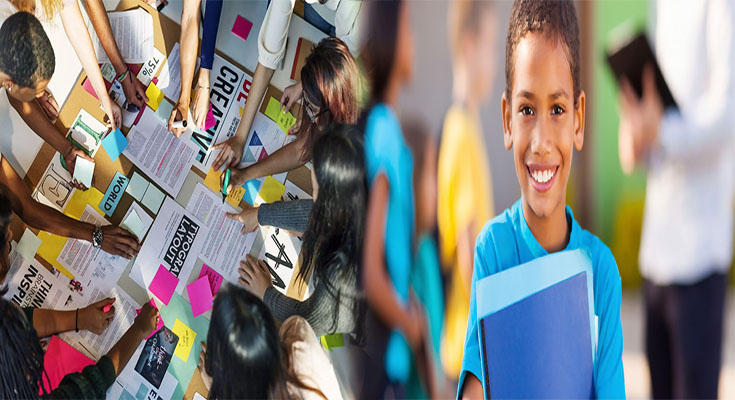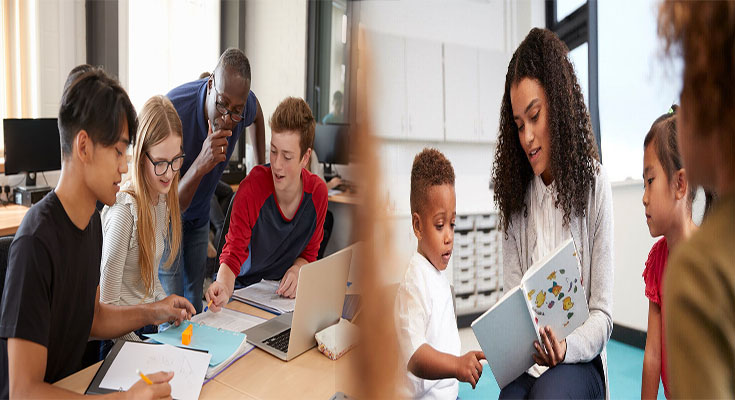
The Ultimate STEM Education Guide for the Disabled
STEM education gives disabled people the opportunity to learn and grow. It can also lead to higher-paying jobs and better social mobility. You can get involved with STEM education at any age, so even if you’re not currently enrolled in a program, there’s no reason why you can’t start today!
What is STEM education?
STEM education is an area of science, technology, engineering and mathematics. STEM education helps people to understand how the world works and it can help them get jobs in the future.
In this article we will look at what STEM is and why it’s important for disabled people to have access to it!
How does STEM education work?
STEM education is a type of education that focuses on science, technology, engineering and mathematics. STEM fields can be used to improve the lives of disabled people.
STEM education has been gaining popularity in recent years as an …
The Ultimate STEM Education Guide for the Disabled Read More



